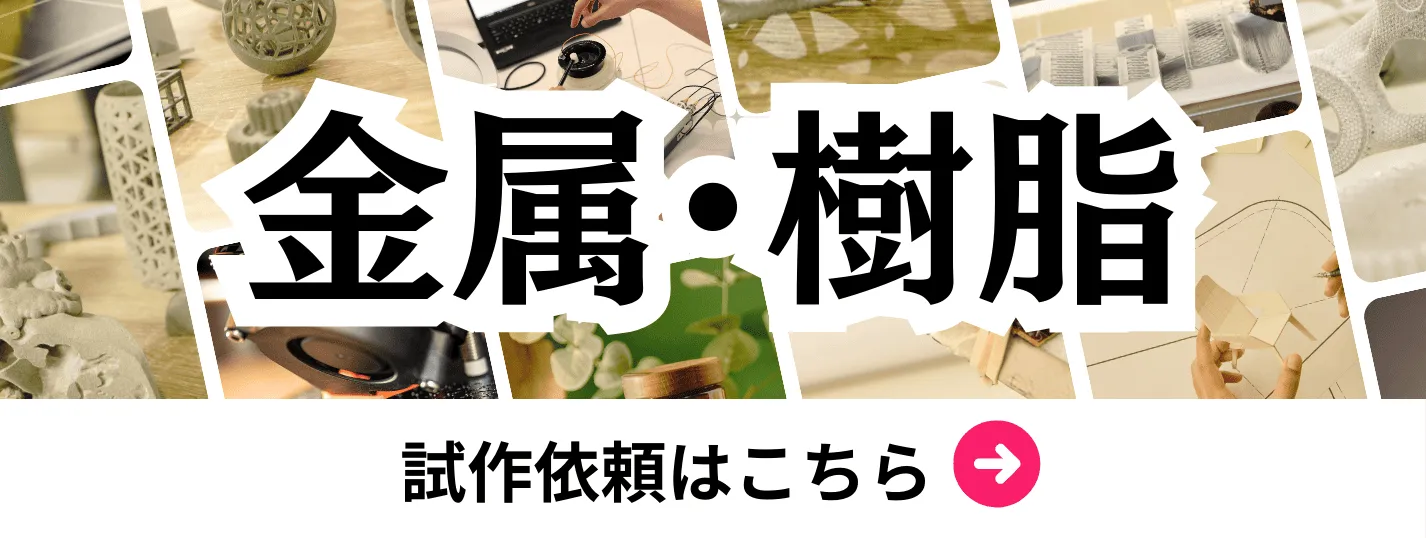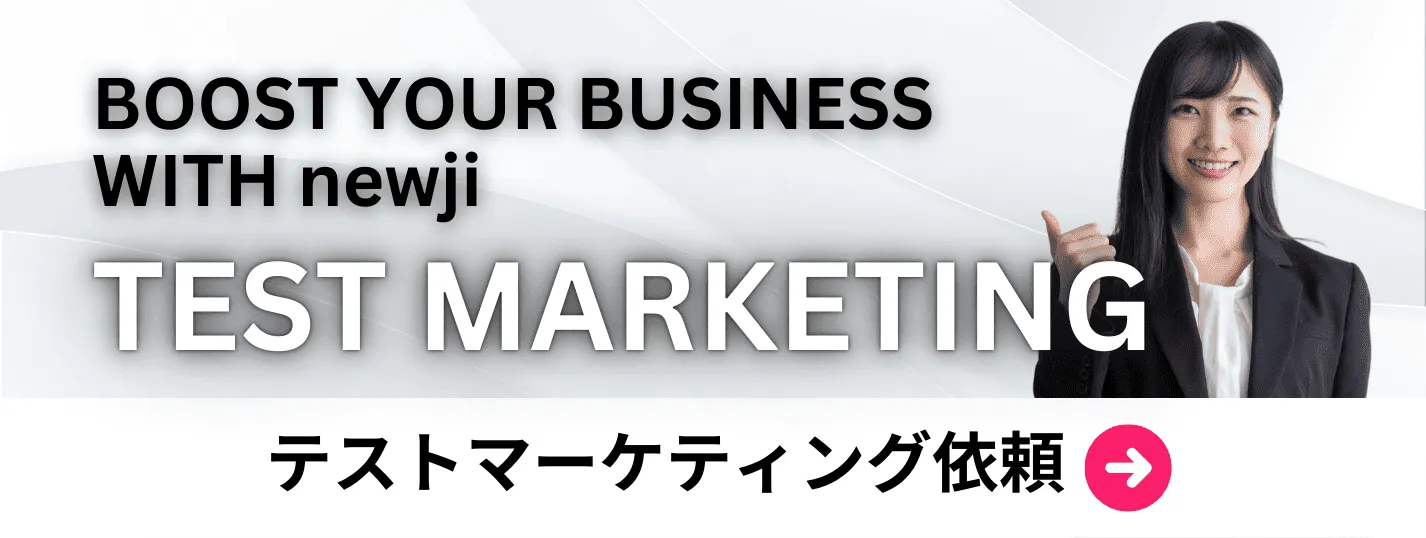- お役立ち記事
- Crystal structure control technology for steel materials and methods for improving their strength
月間76,176名の
製造業ご担当者様が閲覧しています*
*2025年3月31日現在のGoogle Analyticsのデータより

Crystal structure control technology for steel materials and methods for improving their strength

目次
Understanding Crystal Structure in Steel
Steel is one of the most widely used materials in the world, and its properties are largely determined by its crystal structure.
The arrangement of atoms within a material affects its physical and mechanical properties, such as strength, ductility, and toughness.
In steel, the crystal structure can be manipulated to achieve desired properties for various applications.
The Basics of Crystal Structure
At the atomic level, materials are made up of atoms arranged in a specific pattern.
This arrangement is known as the crystal structure.
The two most common crystal structures found in steel are body-centered cubic (BCC) and face-centered cubic (FCC).
Each structure has its unique characteristics that influence the material’s overall behavior.
Body-Centered Cubic (BCC) Structure
The BCC structure is characterized by a single atom at the center of a cube, with additional atoms at each corner of the cube.
This arrangement is typically found in ferritic steels, which are known for their magnetic properties and high strength at low temperatures.
However, BCC steels can be brittle and less ductile compared to other structures.
Face-Centered Cubic (FCC) Structure
In the FCC structure, atoms are located at each corner of the cube, and additional atoms are present at the center of each face of the cube.
This structure is commonly found in austenitic steels, which are non-magnetic and more ductile than BCC steels.
Austenitic steels also tend to have excellent corrosion resistance, making them ideal for certain applications.
Techniques for Controlling Crystal Structure
Controlling the crystal structure of steel is essential for improving its strength and other properties.
Several techniques can be employed to manipulate the atomic arrangement within the material.
Heat Treatment
Heat treatment is a widely used technique to alter the crystal structure of steel.
By heating and cooling the material at specific rates, the crystal structure can be transformed from one type to another.
For example, heating a BCC steel to a certain temperature and then cooling it rapidly can convert it to an FCC structure.
This process can enhance the steel’s strength and toughness.
Alloying
Adding different elements to steel can also change its crystal structure.
Alloying elements like chromium, nickel, and molybdenum can stabilize specific structures, enhancing the steel’s desired properties.
For instance, adding nickel can promote the formation of an FCC structure, improving ductility and corrosion resistance.
Mechanical Working
Mechanical working processes, such as rolling or forging, can influence the crystal structure of steel.
These processes involve deforming the steel, which can cause changes in the arrangement of atoms.
Controlled mechanical working can improve the material’s strength by refining its grain structure.
Improving the Strength of Steel
Enhancing the strength of steel while maintaining its other properties is a key goal in material science.
Several methods can be employed to achieve this, leveraging the ability to control the steel’s crystal structure.
Grain Refinement
One of the most effective methods to improve the strength of steel is grain refinement.
Smaller grains can hinder dislocation movement, increasing the material’s yield strength.
By controlling cooling rates during heat treatment and using mechanical working processes, finer grains can be achieved.
Precipitation Hardening
Precipitation hardening involves the formation of small particles within the steel matrix.
These particles can obstruct dislocation movement, leading to increased strength.
This method often involves a combination of heat treatment and alloying to achieve the desired particle distribution.
Transformation Hardening
Transformation hardening is a process where the crystal structure of steel is altered to improve its hardness and strength.
Techniques such as quenching (rapid cooling) can transform an austenitic (FCC) structure into a martensitic structure, which is much harder and stronger.
Applications and Implications
The ability to control the crystal structure of steel has significant implications for various industries.
Improved strength and other tailored properties allow steel to meet the demanding requirements of modern engineering applications.
Automotive Industry
In the automotive industry, high-strength steels are essential for manufacturing lighter and more fuel-efficient vehicles.
The ability to control the crystal structure allows manufacturers to produce parts that are both strong and formable.
Construction Industry
In construction, the improved strength of steel can enhance the safety and durability of buildings and infrastructure.
Engineers can design structures that utilize less material without compromising stability.
Aerospace Industry
The aerospace industry benefits from lightweight, high-strength steel components.
Controlling the crystal structure helps produce materials that can withstand extreme conditions and stresses.
In conclusion, understanding and controlling the crystal structure of steel is essential for improving its strength and other properties.
Through techniques such as heat treatment, alloying, and mechanical working, manufacturers can tailor steel to meet the specific needs of various applications.
This capability is crucial in advancing the performance and sustainability of products across numerous industries.
 資料ダウンロード
資料ダウンロード
QCD管理受発注クラウド「newji」は、受発注部門で必要なQCD管理全てを備えた、現場特化型兼クラウド型の今世紀最高の受発注管理システムとなります。
 ユーザー登録
ユーザー登録
受発注業務の効率化だけでなく、システムを導入することで、コスト削減や製品・資材のステータス可視化のほか、属人化していた受発注情報の共有化による内部不正防止や統制にも役立ちます。
 NEWJI DX
NEWJI DX
製造業に特化したデジタルトランスフォーメーション(DX)の実現を目指す請負開発型のコンサルティングサービスです。AI、iPaaS、および先端の技術を駆使して、製造プロセスの効率化、業務効率化、チームワーク強化、コスト削減、品質向上を実現します。このサービスは、製造業の課題を深く理解し、それに対する最適なデジタルソリューションを提供することで、企業が持続的な成長とイノベーションを達成できるようサポートします。
 製造業ニュース解説
製造業ニュース解説
製造業、主に購買・調達部門にお勤めの方々に向けた情報を配信しております。
新任の方やベテランの方、管理職を対象とした幅広いコンテンツをご用意しております。
 お問い合わせ
お問い合わせ
コストダウンが利益に直結する術だと理解していても、なかなか前に進めることができない状況。そんな時は、newjiのコストダウン自動化機能で大きく利益貢献しよう!
(β版非公開)









